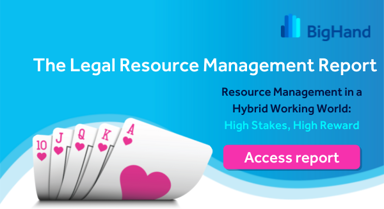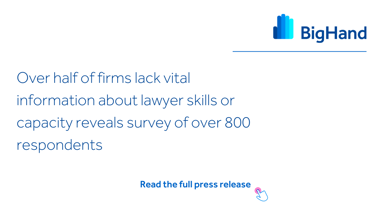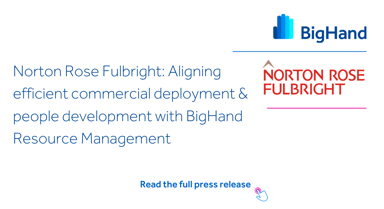The law firms our legal resource management consulting team work with are already beginning to see signs of a shift in mindset from some of their lawyers. To remain competitive as an employer and by extension a favoured service provider to clients, it’s clear to me that there’s some thinking and engagement to be done.
Remote/flexible working – How easy will it be to let go?
For firms and for individuals, working from home has required a significant adjustment and I wonder if it would be naive to now think that returning to “normal”, won’t demand a similar kind of change process.
For many there will be a longing to get back, for others the lifting of restrictions could represent a period of reflection and a reassessment of priorities. We know that some law firms are already seeing a trickle of resignations from those who don’t want to return to the old ways of working.
For those who remain, I suspect many will feel that they’ve adequately demonstrated that they can successfully deliver their role remotely and with flexibility, to a point that it warrants them retaining some of that trust and autonomy as part of permanent working arrangements.
As firms finalise their return to office policies it will be crucial to make sure the right tools, process and most importantly - data, are in place to facilitate any hybrid working model.
Law firms should consider:
- How to gain visibility of workloads, how lawyers are working and where capacity planning exists
- How to keep lawyers supported and engaged, with appropriate supervision in place
- How to maintain fairness and transparency in how work is allocated, and careers managed
The work lawyers do and driving Diversity, Equity & Inclusion
Being offered the opportunity to work flexibly might be an important factor for some lawyers, however, based on my own experience I can see that in many cases the expectations of firms and Partners around work ethic, loyalty and hours in the office, aren’t going to move very far. A balance will be needed and it’s my view that firms will likely position themselves on these points in a way which reflects their broader culture and identity.
I do think, however, that the firms who go deeper and think more strategically about overall career experience, will do best in generating the kind of commitment they’re used to and expect from their associates.
Taking a really good look at the work firms are asking their lawyers to do is a good place to start and more importantly, thinking about how that’s managed fairly and with objectivity, whist also driving commercial benefit for the firm.
This links closely with a step change in how the legal industry is prioritising law firm diversity and inclusion planning. As law firms wake up to the need for change, it’s becoming more and more pressing to find practical and measurable ways to start delivering on the pledges firms have made to their people and to their clients.
Law firms should think about:
- How to use data to understand the firm’s DEI challenges and the behaviours driving them
- How to use data to inform process, support decision making and ultimately, facilitate change
- How to use data to measure, demonstrate and maintain that change
How can Resource Management help?
For me and for the contributors in our whitepaper, a strategic approach to law firm resource management should be absolutely central in facilitating any working model a firm is looking to implement.
Law firm diversity and inclusion metrics are becoming more and more important when it comes to matter resourcing and capacity planning. Ensuring the right tools and processes are in place to improve and track behaviours, and ensure work is allocated in a fair and objective way, is an increasing priority for our clients.
Through the work my team and I have done with law firms I have witnessed first-hand the significant benefits that come with introducing structured resource management in a law firm environment. Covering not only lawyer career management and advancements in diversity and inclusion, but also in driving productivity and profitability. We’ve seen the evidence in feedback, and we’ve seen it in the data.
Please do get in touch to find out more about the impact resource management can have and how BigHand can support you. And if you're interested to catch the panel webinar with some of the industry leaders featured in our Whitepaper, click here to register.






